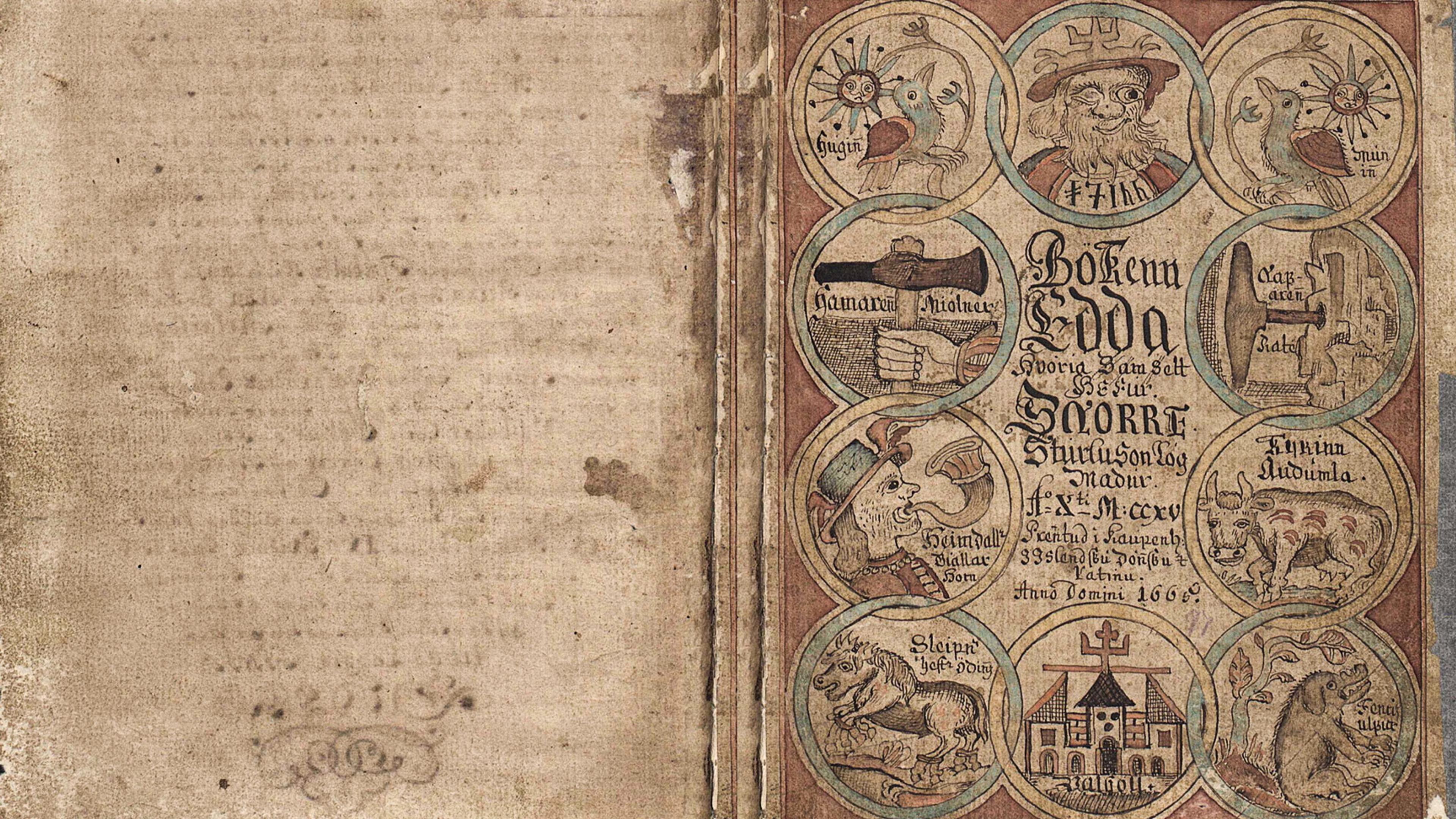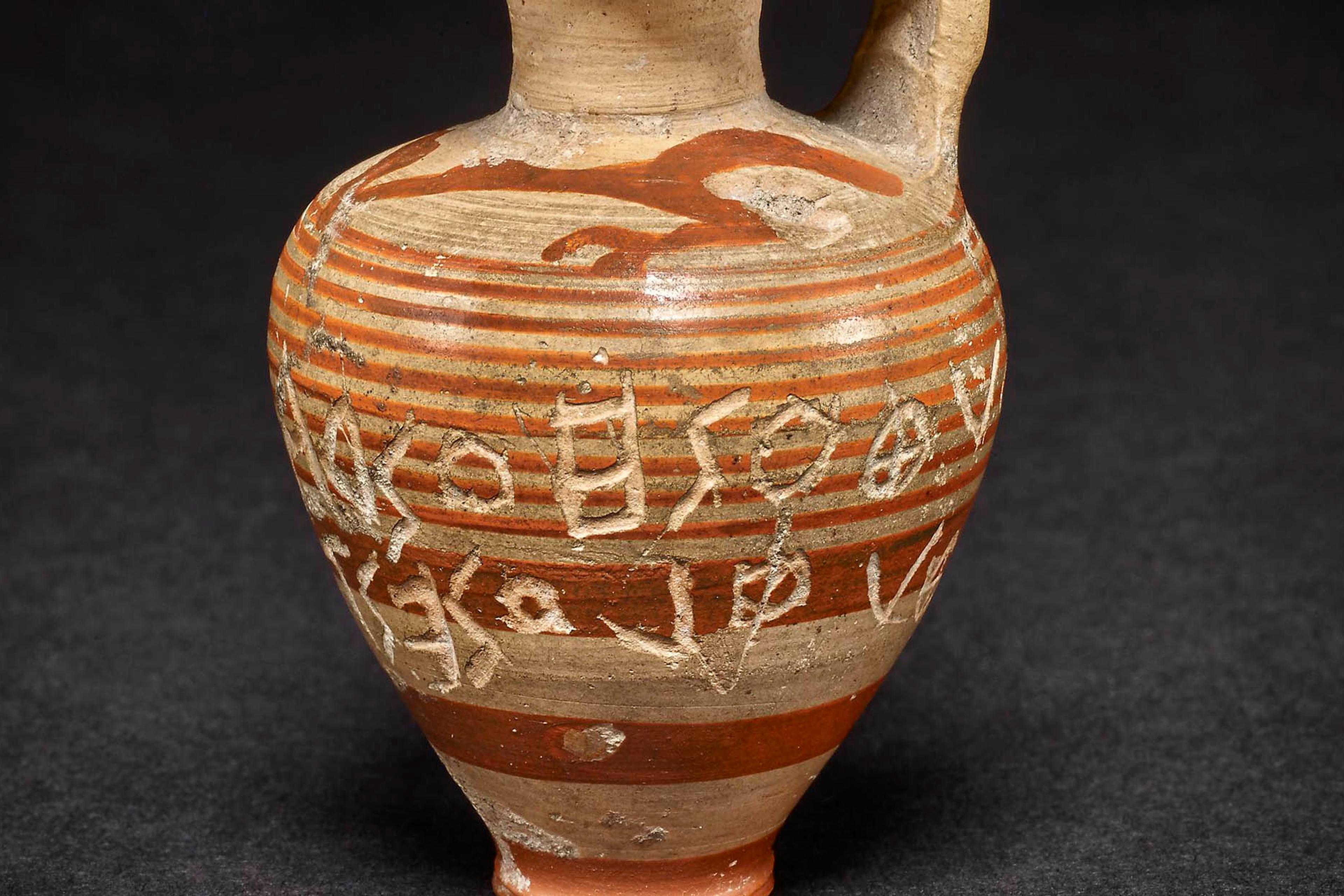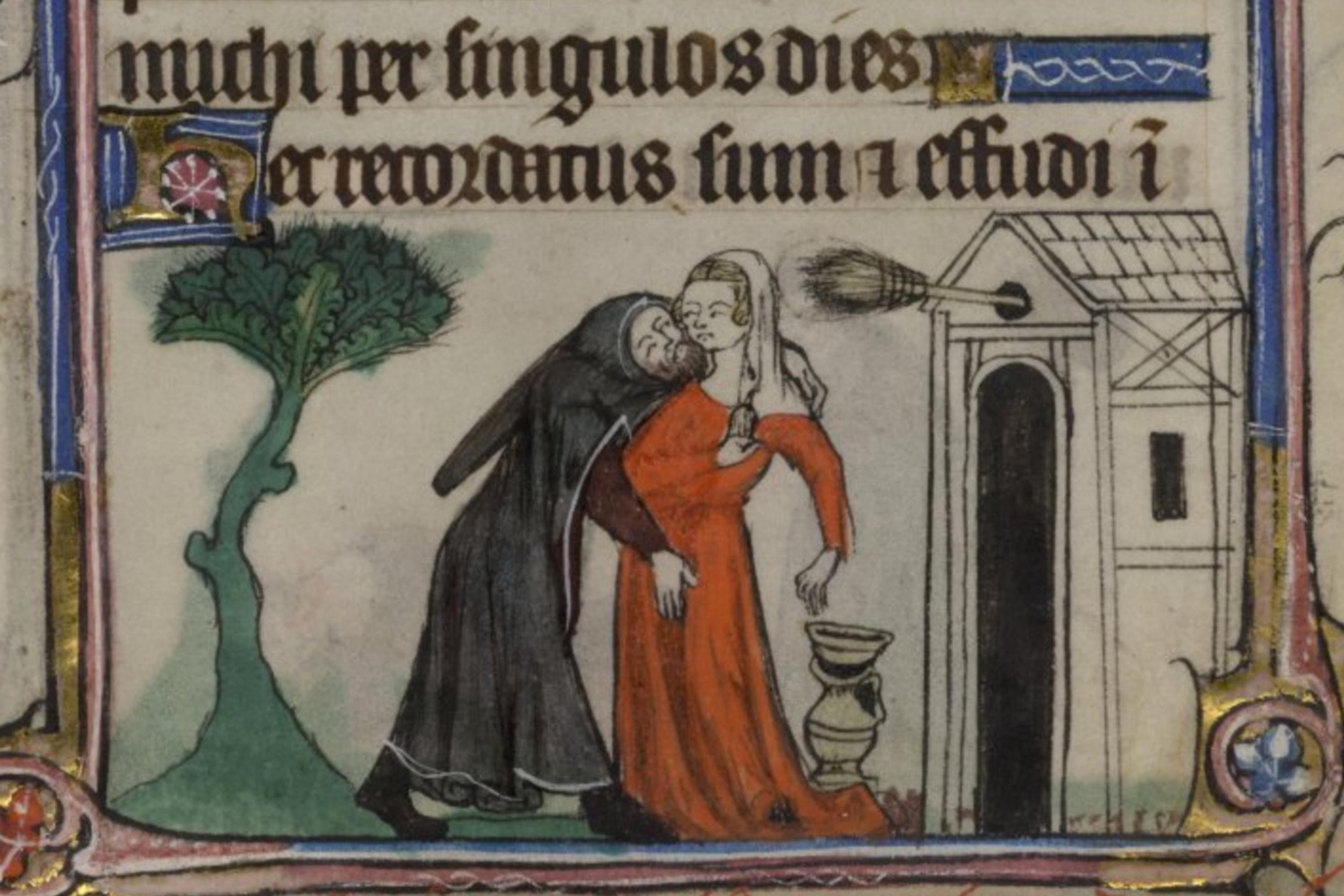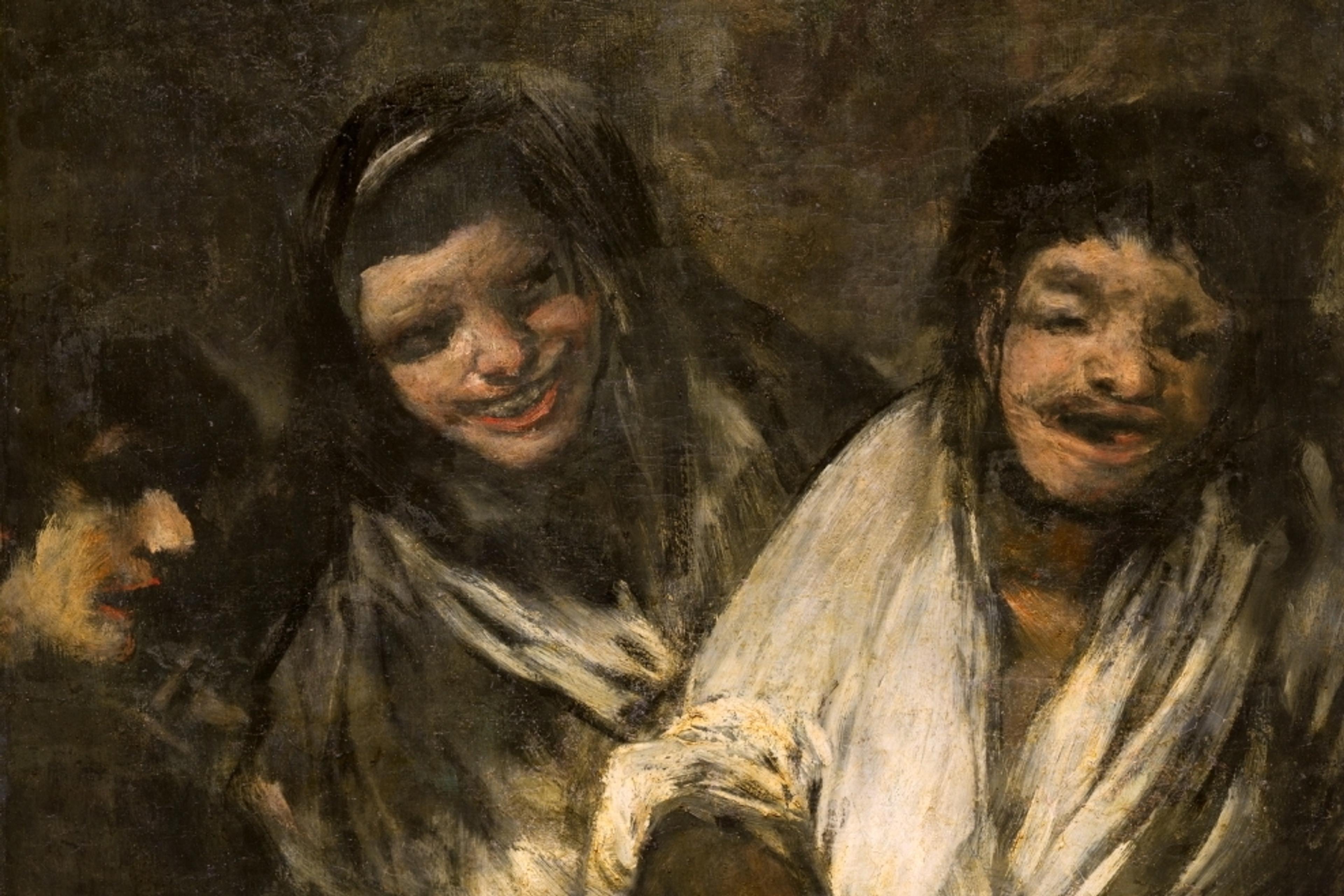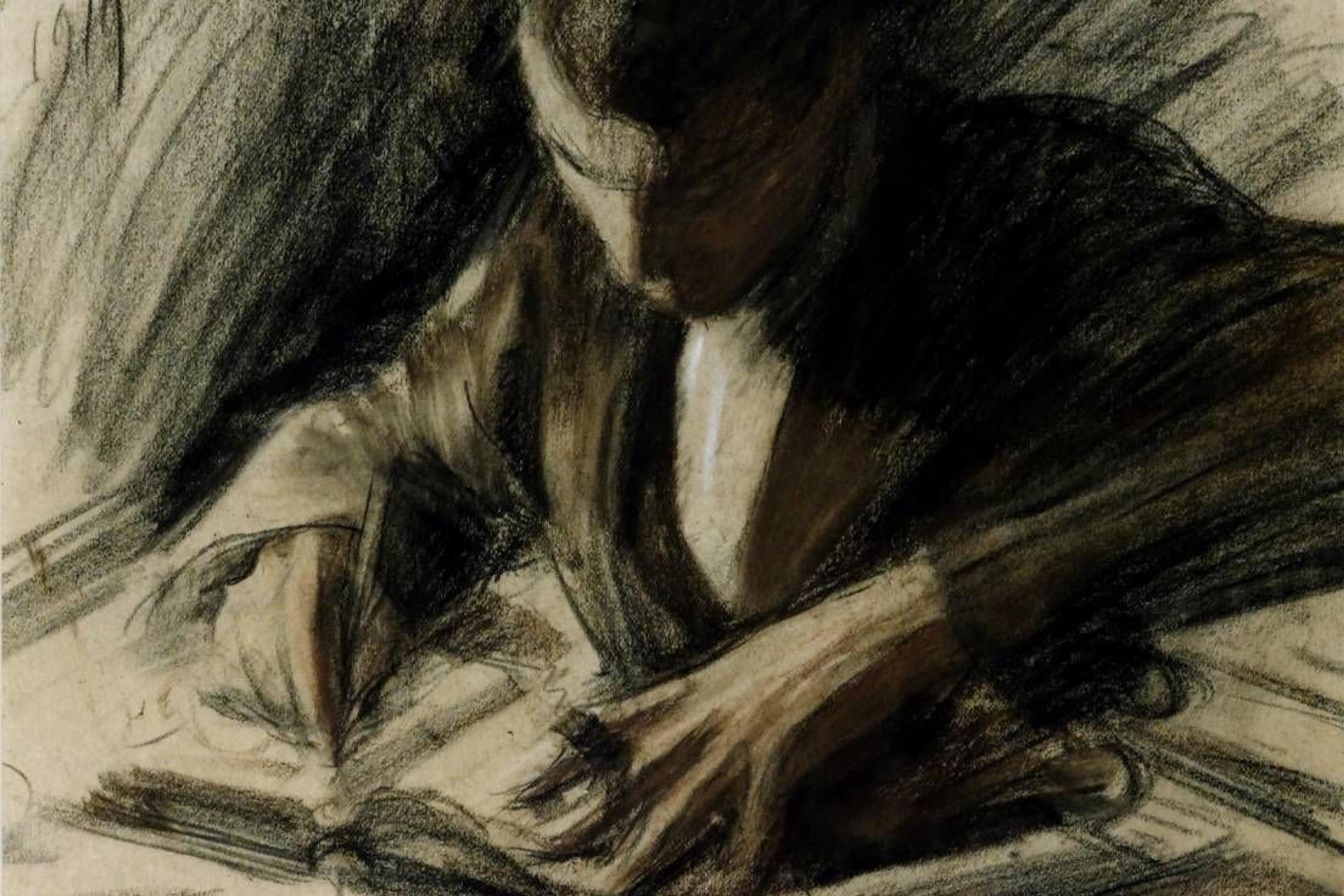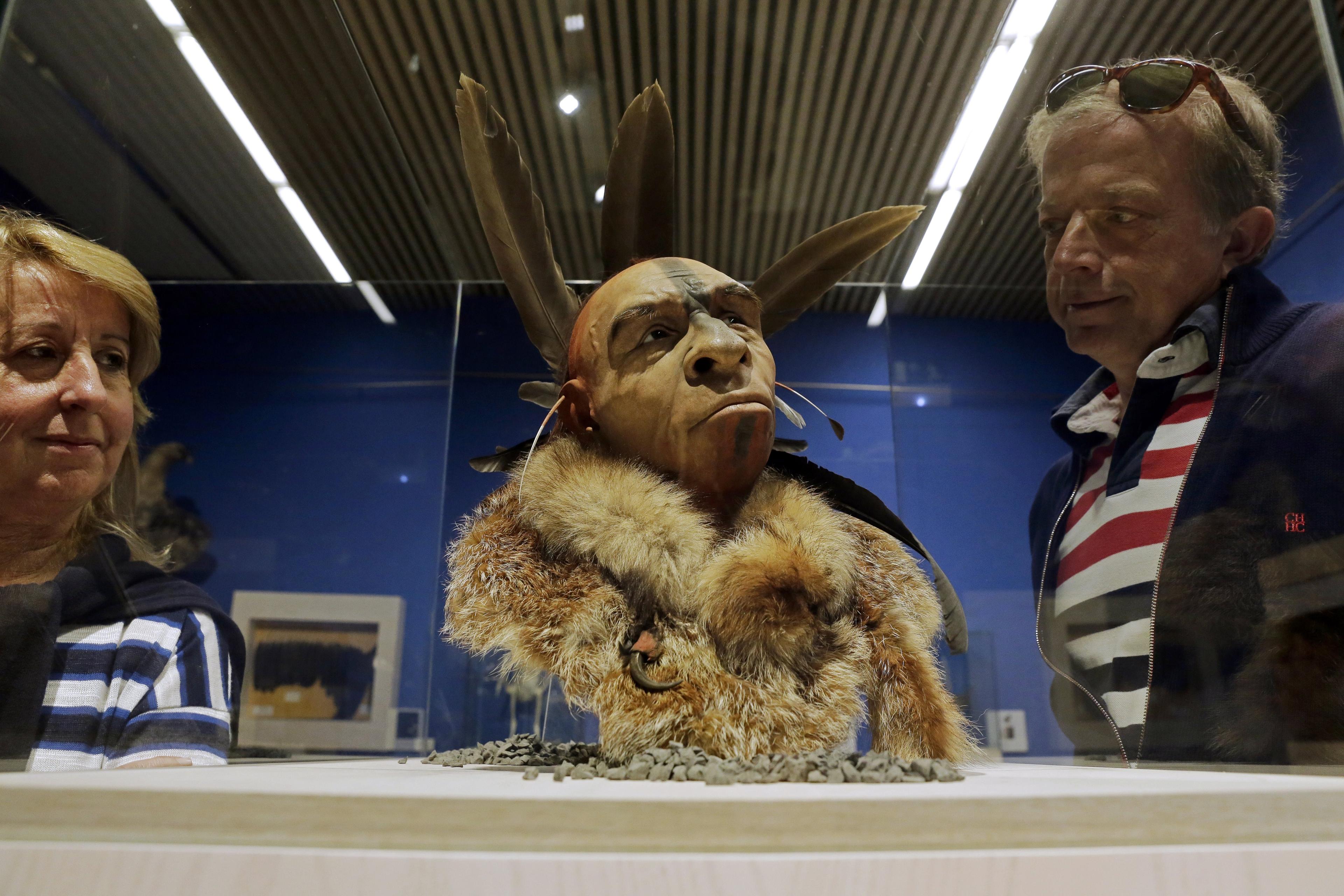In 1119, at a farm in the Western Fjords of old Norway, a wedding was celebrated. It was an event, according to an author writing more than a century later, filled with ‘noisy merriment and great joy and good entertainment and many kinds of games, both dancing, wrestling and story-telling’. During the festivities and feasting, the farmer Hrólfr from Skálmarnes began to tell a long, fantastic tale about an enchanted sword, grave robbing, and a hero named Hrómundr Gripsson who battled the undead Viking berserker Þráinn.
Among those who heard the story was Sverre Sigurdsson, known as King Sverrir in Old Norse. The king was entertained by the tale, ‘and he called such lying stories the most entertaining’. For him, this was a lygisaga, a ‘lying story’, an entertaining fiction. ‘And yet,’ the author of the saga assures us, ‘men are able to trace their genealogies to Hrómundr Gripsson.’
The Icelandic sagas are filled with similar assurances about truth: I promise you, the authors claim, the incredible story you are about to read really happened. But what did those who heard these stories believe? And what made their beliefs possible? Today, only very naive readers would think that an undead Viking really battled Gripsson for a magical sword. Yet, the relative ease with which we distinguish between history and fiction is not something that medieval Icelanders shared with us. They may have had a more complex relationship to historical ‘truth’.
About eight centuries ago, people in medieval Iceland began recording ancient myths and history by putting together the tales (sagas) of the first settlers in present-day Denmark, Norway and Sweden. Thanks to the preservation of these sagas, such as the tale of Hrómundr Gripsson, we can partly follow the evolution of the concepts ‘truth’ and ‘lie’. Though the authors were Christians, they often described events from the days of paganism, and reading their tales give us a sense of what it was like for pagan, preliterate societies in northern Europe to enter a world of written laws and supposedly God-given truths. The more we read of these sagas, originally written in Old Icelandic, the more we realise that, to medieval Icelanders (and probably their contemporaries elsewhere), the idea of ‘truth’ was not an abstract entity, but a legal concept. Truth referred to information whose existence, when revealed in court, contributed to the denial of guilt.
Oddly, ‘truth’ and ‘lie’ sometimes appear together in the Old Icelandic: the word sannr meant both ‘true, real, correct’ and ‘guilty’. To increase our puzzlement, the English words ‘sooth’ and ‘sin’ are both cognates of sannr: ‘sooth’ meaning ‘true’ or ‘truth’ (as in ‘forsooth’ and ‘soothsayer’) and ‘sin’ as in divine transgression. Sannr also appears as a root in the very verb of being: in the German sein (‘to be’) and sind (‘are’), and Latin sunt (‘they are’).
As we learn from the sagas, truth was a legal concept that meant something like ‘being there’ and ‘being capable of clearing oneself of an accusation’. Proving one’s innocence depended on knowing the intricacies of the law and finding witnesses who could corroborate information in the presence of judges. There are numerous descriptions of these ‘legal’ proceedings and searches for the truth in Old Icelandic literature. In one of the sagas, the mighty god Thor wakes up and discovers that his hammer has been stolen. Another god, Loki, flies to the land of the giants and returns with some information about the theft. Thor is eagerly awaiting Loki’s report and enjoins him to share the news while he is still in the air. ‘Do you have a message worthy of your effort?’ he asks. ‘Tell the long story while you are up there. He who is sitting often loses track of the tale, and he who is lying down has the cheek to tell lies’ (the pun on ‘lie’ in the translation is inevitable but unintentional).
But what happens when there are no reliable witnesses to an event? There is a great difference between a living person reporting a recent event they’ve witnessed, and someone telling a convincing tale of events that happened long ago. This is especially true when the only source of information is contradictory oral tradition, like the sagas. These tales were written by authors who lived several centuries after the travels and feuds they were writing about. While dealing with the past, how far back might an author go and remain trustworthy? A lie in court can be refuted, but what is truth and what is a lie when recounting the dramas of one’s ancestors? The authors of the sagas, known as ‘sagamen’, found a solution, but to understand their response, we need to move from an English to an Italian sense of time.
Unlike English, Italian distinguishes between a recent or immediate past (passato prossimo) and a remote or distant past (passato remoto). We find a similar distinction in the Old Icelandic tales of the despotic King Harald Fairhair who caused the exodus of medieval Icelanders from Norway. In the sagas, all the events that followed Fairhair’s colonisation of Iceland were tacitly but unmistakably referred to as happening in the recent past, similar to passato prossimo, in which the writer was allowed to embellish and rearrange events more or less at will. These events were described in a way that allowed them to remain incomplete, continuous, or ongoing – and therefore open to possibility. The veracity of a tale would have been taken for granted by listeners.
The way that English speakers draw the line between the past and the present is imposed on us not only by reality but also by language. Imagine you’re at a party and someone asks if you have met Mr Gripsson. If you had met the grave-robbing hero a few months ago, you might say: ‘Yes, I have met him this year.’ But if you had only just been introduced, you might answer: ‘Yes, I met him two minutes ago.’ However, in no variety of English could you say: ‘I have met him two minutes ago,’ which would mean something absurd like: ‘I have met him two minutes ago, and I might continue to meet him two minutes ago.’ But with a different sense of time, possibilities change: ‘this year’ (or even ‘this millennium’) are in the passato prossimo, the immediate past, because of the word ‘this’; however, ‘two minutes ago’ remains in the passato remoto, the distant past. As long as an author describes events in the passato prossimo, they can rearrange details without the burden of making clear distinctions between past or present. The events in the sagas were thought of as being on one shared temporal plane and could be shifted in the narrative more or less at will.
This understating of the past gave rise to an odd convention. While dealing with the events following the colonisation of Iceland, authors sometimes tampered with chronology. But this doesn’t mean that they believed their tales were works of fiction. Instead, they would often assure audiences that the tales were accurate by repeatedly claiming there were credible witnesses to the events described. Authors constantly used such phrases as ‘according to old men’s reports’ and ‘wise men remember’ to verify the veracity of their tales. But references to these ‘witnesses’ was formulaic and noninformative. A saga differed from the legal testimonies presented before judges: in court one dealt with the events that preceded the testimony, that is, with the passato remoto, while the narration in the sagas of Icelanders was understood to unfold in the passato prossimo. What would have been a lie in court did not arouse suspicions in a saga. It was not the absolute chronology that mattered.
The examples are many, but one of the most well known comes from the Saga of Njal. The wise and crafty Njal wants to arrange his foster son’s marriage. But in order to marry, the young man needs to obtain the position of chieftain. Njal’s ingenious solution is a legal one. He establishes what came to be known as the Fifth Court, which determines that his foster son can became a chieftain and marry. According to the saga, the court was established in the year 995. But even in the 13th century, when the saga was written, people almost certainly remembered that the Fifth Court had been established only after the conversion of Iceland to Christianity around the year 1000. Not only was this the most epochal event in Icelandic history and therefore a constant point of reference, but the court’s establishment had nothing to do with Njal. Why then was the saga admired instead of rejected for obviously falsifying the facts? This puzzling situation likely depended on temporal distinctions: in the Old Icelandic equivalent of passato prossimo, tampering with facts was a recognised licence, rather than a lie. Moreover, this treatment of data was not even looked upon as tampering.
So how did the Vikings and their kin understand fiction and lying? Though Old Icelandic never had a word for ‘fiction’, it had the word skrök, which meant ‘a blatant, refutable lie’. Those who indulged in producing skrök were ridiculed and punished (sometimes killed). To the extent that we can trust the evidence of language, ‘lie’ in Old Icelandic sagas seems to have been a more basic concept than truth. In all the Germanic languages, ‘lie’ is a root word, while ‘truth’ consists of a root and a suffix: ‘tru’ and ‘th’. We find this also in the German and Icelandic words for ‘truth’: wahr-heit and sann-indi.
Though so much unlike us, medieval people shared some of our weaknesses (or rather, we share theirs!) for fantastic tales. Like us, they wanted to hear epic romances of incredible adventures and legendary characters. But though we make clear distinctions between history and fiction, ‘truth’ took different forms in the sagas. And unlike the authors of our modern historical tales, the sagamen often went to great lengths to assure readers that their tales were true.
Though the Icelandic word lygisaga exists (lygi meaning ‘lie’), it occurred very rarely in the Middle Ages. Modern scholars translate lygisaga as ‘lying saga’ and apply it to many legendary tales. Perhaps this is a mistranslation. Rather than ‘lying saga’, lygisaga may refer instead to a tale that purports to be true but for which there is no corroborating evidence, like the tale of Hrómundr Gripsson told by Hrólfr from Skálmarnes at a wedding in 1119. After all, no one wants to be called a liar, not even a saga-spinning farmer in the Western Fjords of old Norway.
